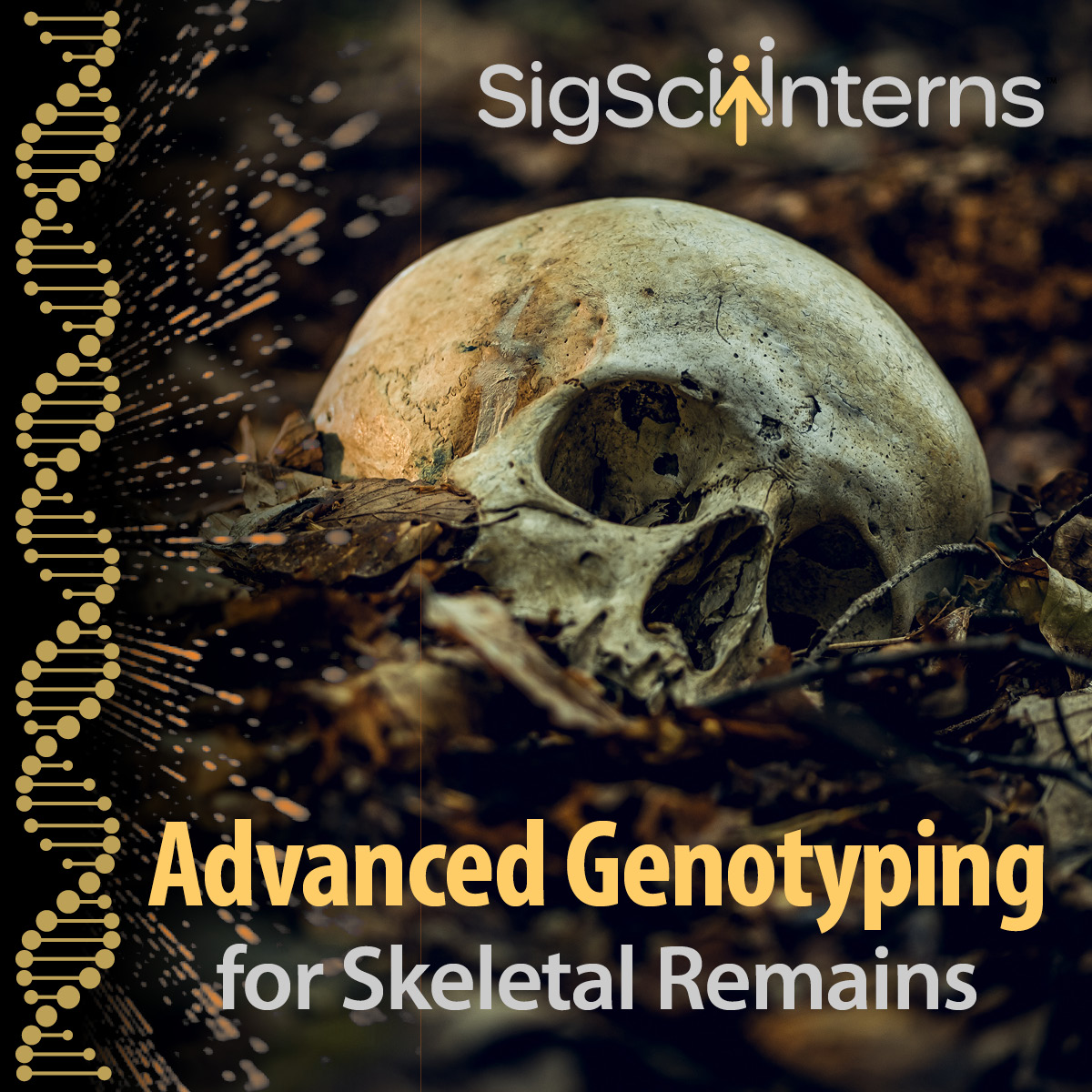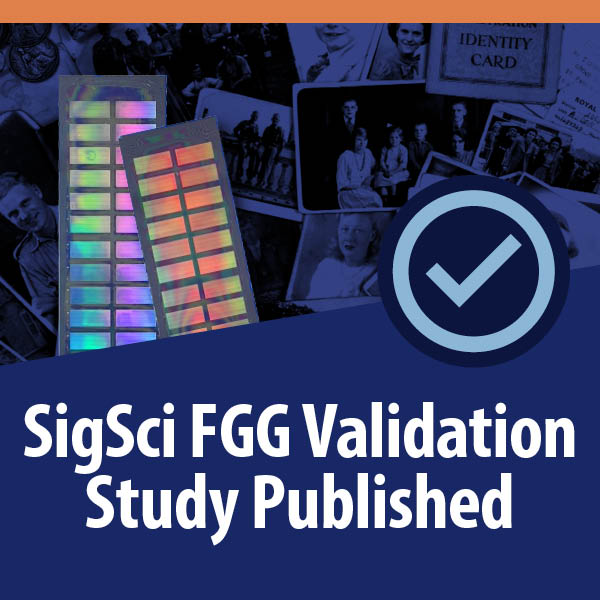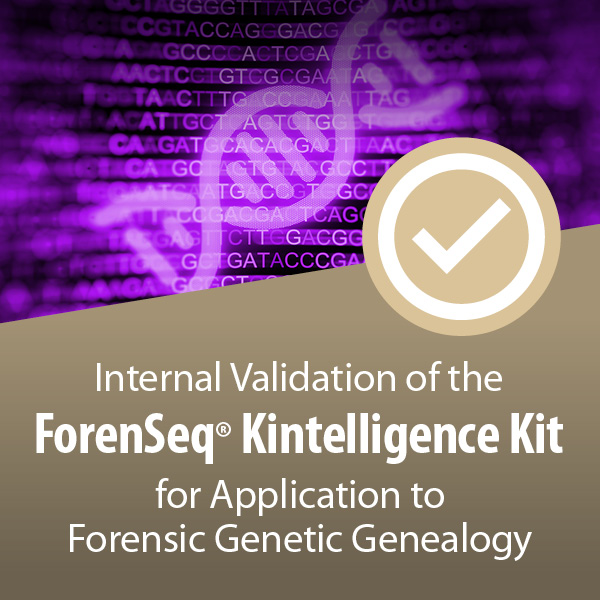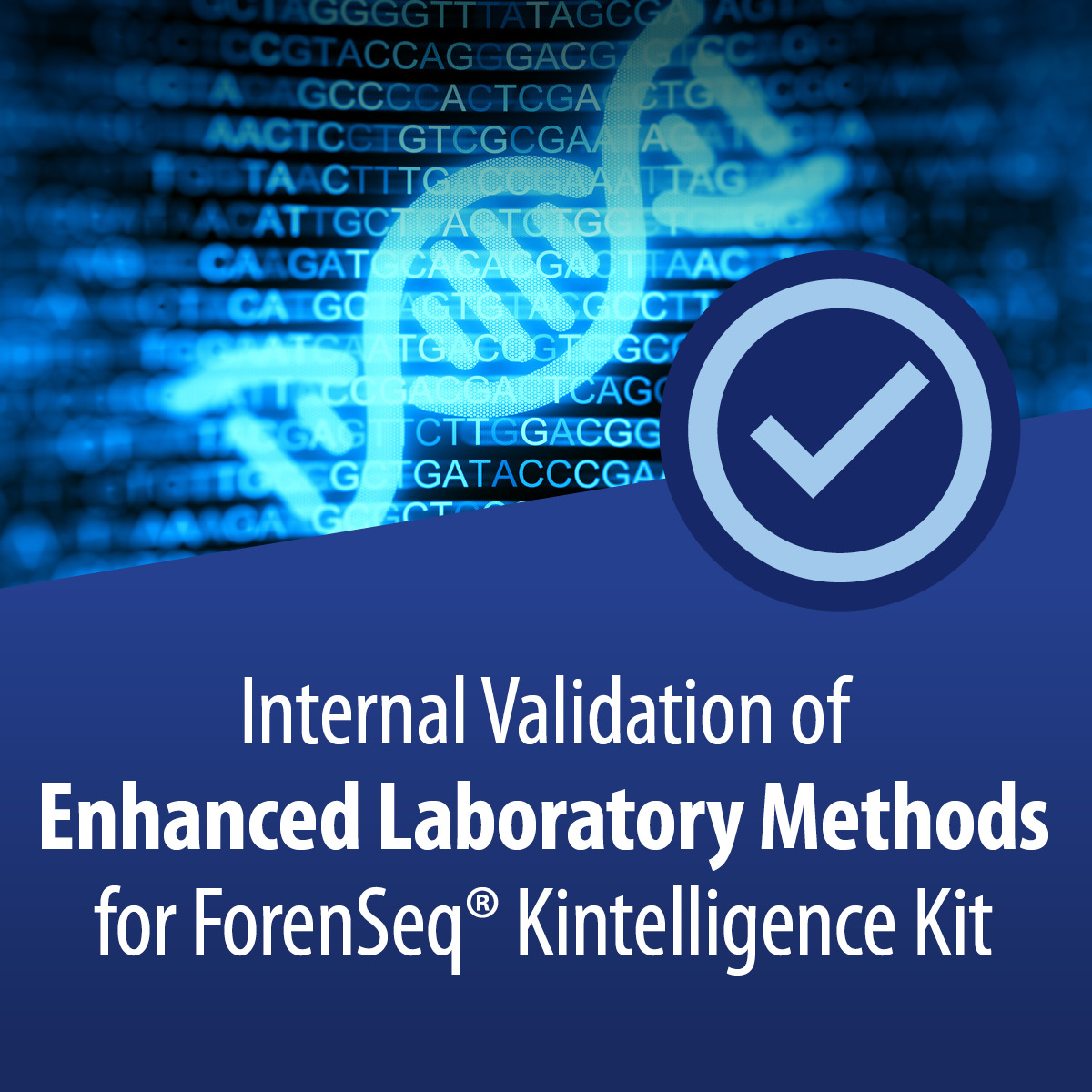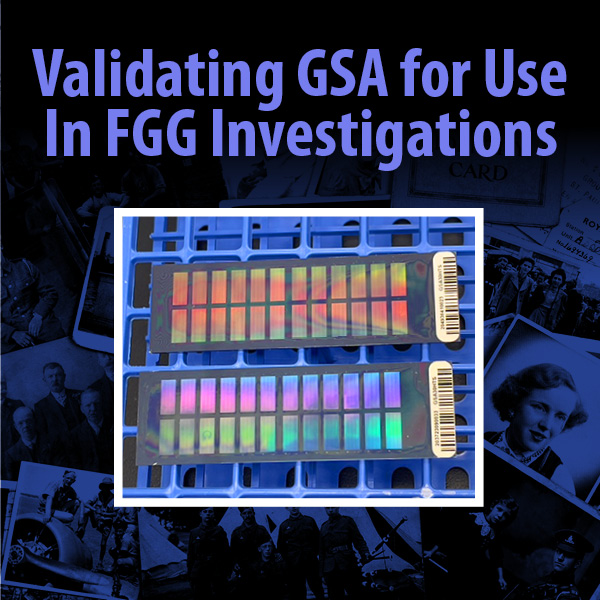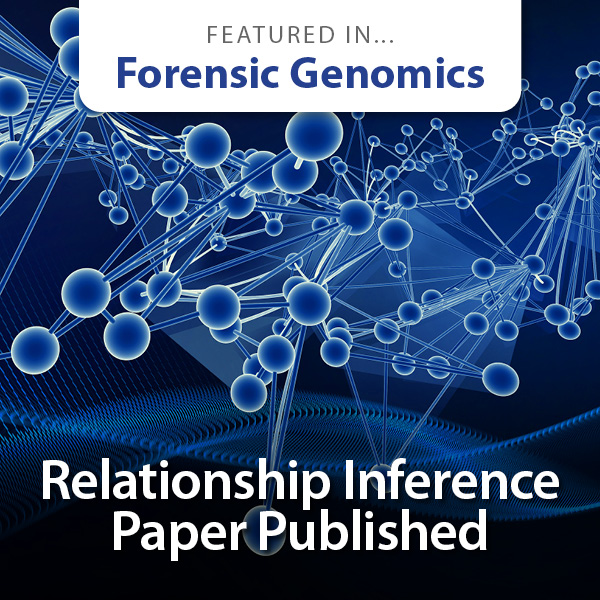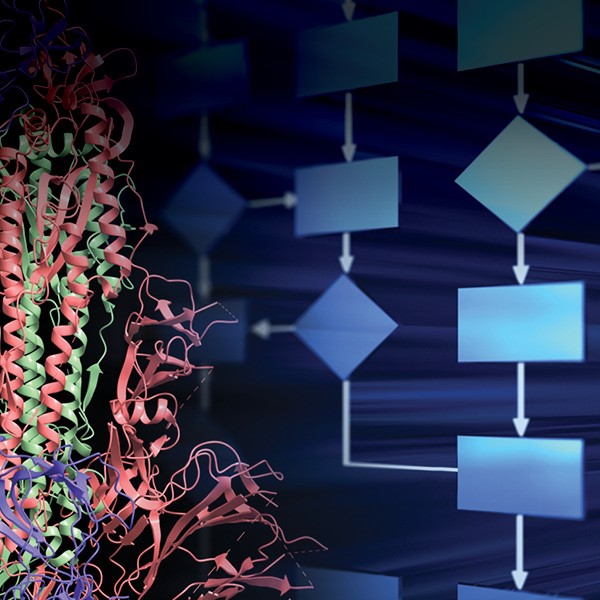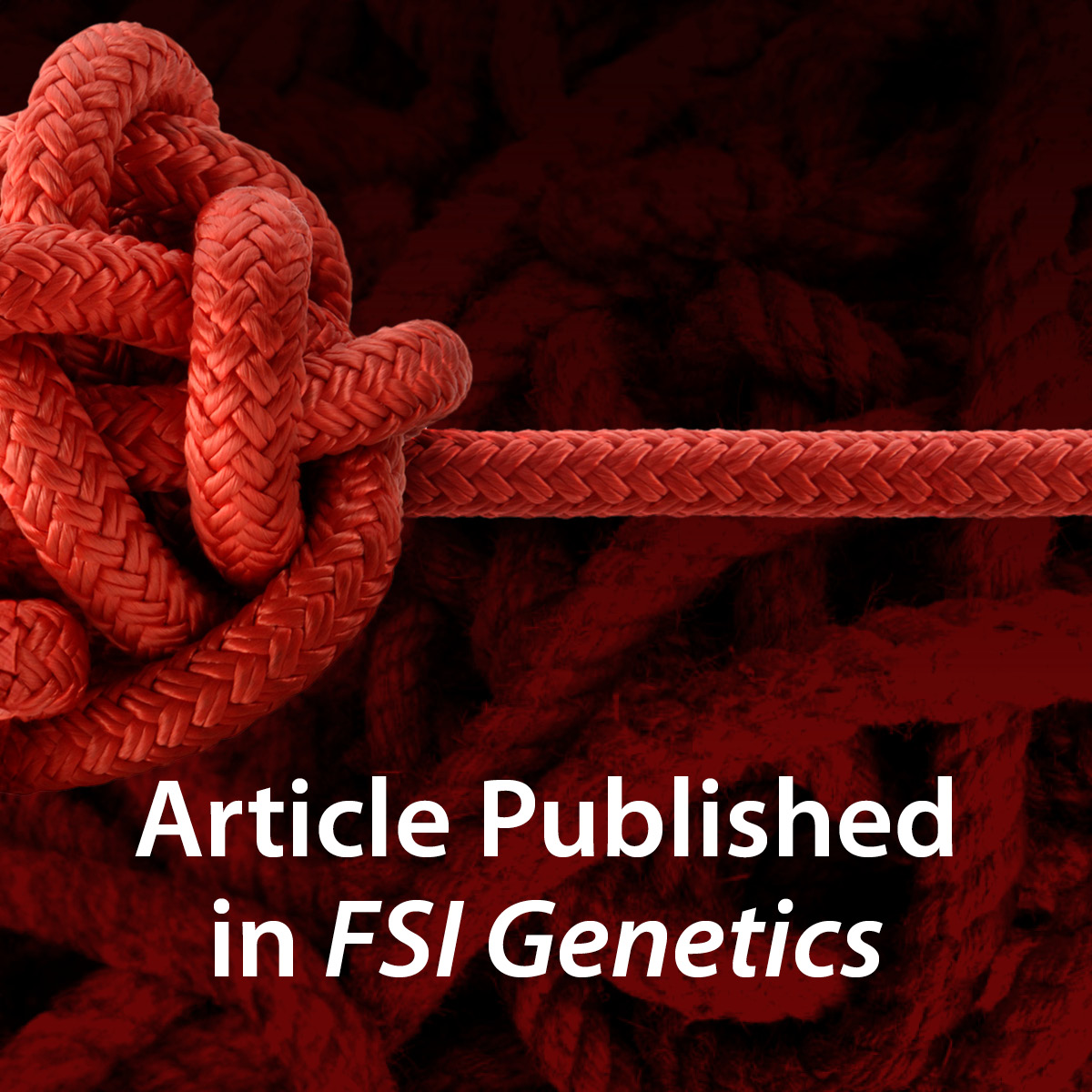
Published in “FSI Genetics”: MixDeR: A SNP mixture deconvolution workflow for forensic genetic genealogy
Published in “FSI Genetics”: MixDeR: A SNP mixture deconvolution workflow for forensic genetic genealogy Abstract: The generation of forensic DNA profiles consisting of single nucleotide polymorphisms (SNPs) is now being facilitated by wider adoption of next-generation sequencing (NGS) methods in casework laboratories. At the same time, and in part because of... MORE

